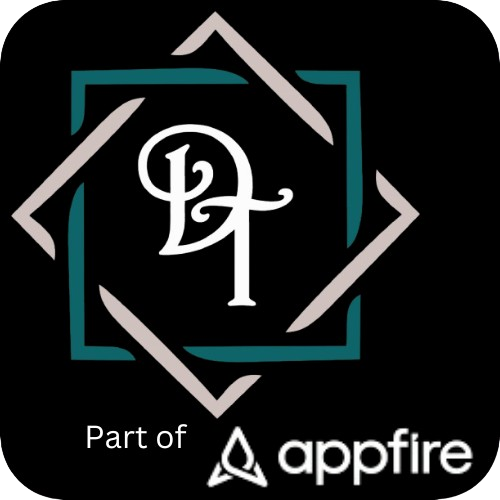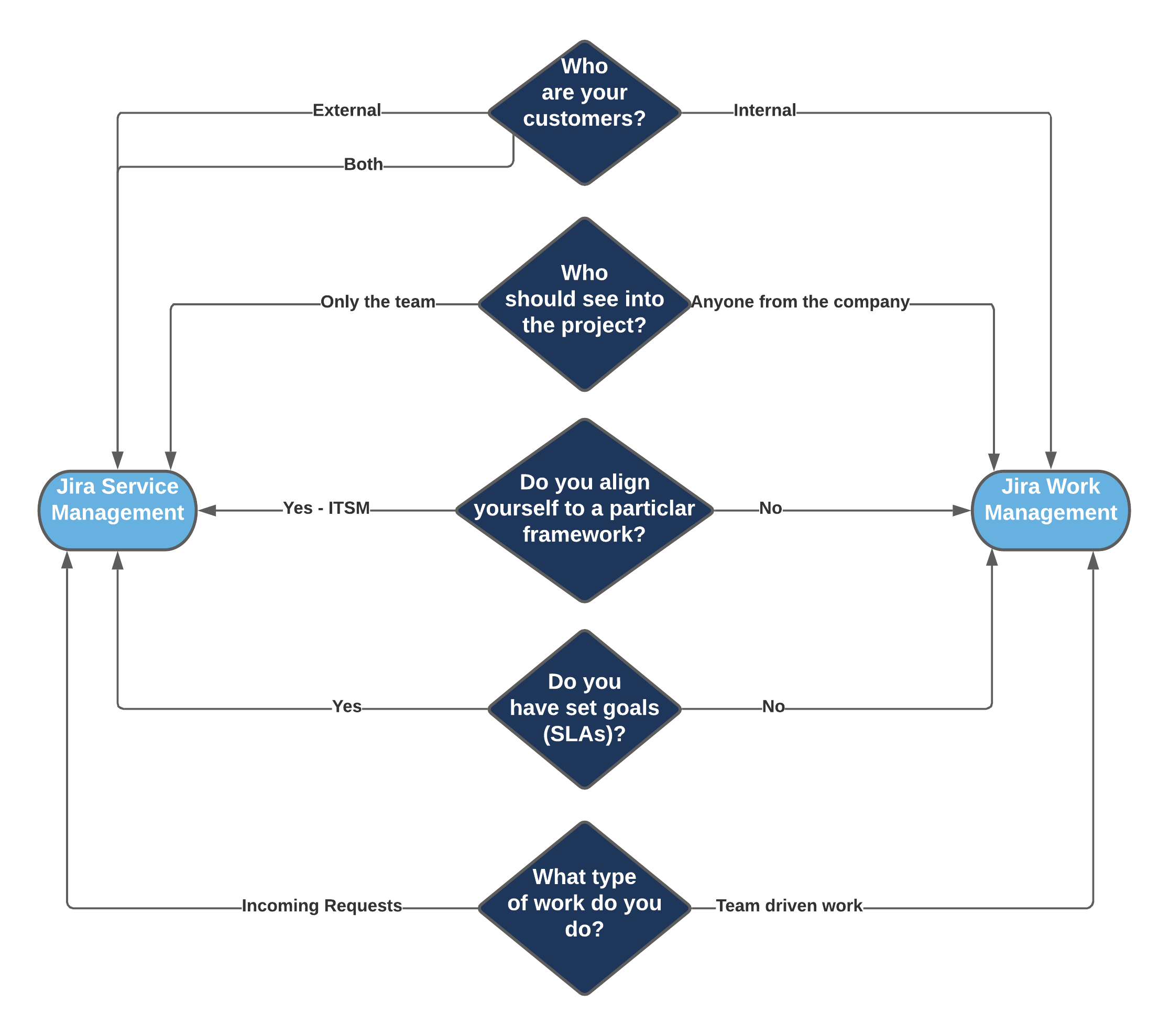Jira work management vs jira service management
Enjoy this previously written blog by myself for a solution partner. It explores the differences and similarities between Jira Work Management & Jira Service Management.
Introduction
Since its conception in 2002, Jira has helped transformed businesses in their approach to developing software and managing workloads. As time moves on, so has Jira. Just like your favourite ice cream, it now comes in three different flavours, Jira Software, Jira Service Management (JSM, previously Jira Service Desk, JSD) and Jira Work Management (JWM, formerly Jira Core). There are some similarities between JSM and JWM's new features. If you are wondering which one may be right for you, then this guide can help.
What is JSM?
JSD, now known as JSM, was created by Atlassian after research showed customers using marketplace apps to turn their software projects into a makeshift service desk for internal users. After recognising their power, Atlassian used these apps to create the groundwork of JSM as we know it today.
JSM offers familiarity to users. It utilises the power of Jira’s core platform with workflows and custom fields to provide an adaptable, bespoke platform to suit your teams way of working. With a primary design focus on ITSM and operational based teams, JSM is Verified as having the capability to house the four main processes in ITIL - Incident, Problem, Request and Change Management - to provide standard processes and efficiency out of the box.
Alongside the verified processes, JSM comes with unique features to the product. With a customer facing portal, you allow your customers to select from a wide catalogue of requests that your team can deal with. Your team can customise each request to make sure you are always getting the required information at the right time.
Inside the project, your team will have customisable queues to help better manage your workload as well as definable SLA clocks to help track your goals. Every servicedesk can link to multiple knowledge base areas within Confluence allowing you to deflect tickets and promote self service. If you are on an IT service desk project, you can also integrate with OpsGenie, allowing for event management and better major incident management practises right out of the box.
Service projects have better security around who can view, raise and share tickets. When a customer raises a ticket, they can only view their tickets or any tickets shared via other customers. Your team can also set up organisations which simply allow for a group of customers to easily share, view and comment on each others' tickets without manual intervention. This makes sure you only ever involve those necessary on a ticket, keeping information safe and secure from those who don't need to know.
Of course, since this is a Jira project, the project can also be used to manage any internal task carried out by the team alongside their incoming requests.
However, since its conception, JSM's unique functionality is appealing to the wider business teams that are widely dealing with a variety of incoming requests over predominantly internal based work. With the increased security side, JSM lends itself perfectly to facilities, HR and legal teams too.
What is JWM?
JWM is the facelift Jira Core much needed. It brings different ways of working to business teams, allowing them to choose the right view and digest their workload in the way most suited to them. Like any Jira project, it can be completely optimised with custom fields, workflows etc. but what makes JWM unique is its new issue views to have a project that works for every team.
The list view is the closest look to a spreadsheet. Add as many columns as you need and continue to manage all tickets and the data from the view.
The next view is the board, which allows easily visualisation of where tickets are within the workflow. This is JWM's answer to Jira software’s Kanban board. The board is configurable, allowing you to create additional quick filters, add colours and configure the columns.
JWM projects also have the calendar view. If your issues have date fields on, then this can be extremely helpful to show deadlines or certain tasks, such as new starters or leavers. Calendar views can also guide teams on possible open spots to accept work.
Finally you have the timeline view. The timeline view is the closest view to Gantt charts. Having the ability to visualise all your team's work throughout the year and show the dependencies on tickets can help you to prioritise and maintain focus on the current tasks. You can easily click and drag between issues to create dependencies as well as edit the start and end dates for the task.
JWM also has the ability to create a request form like JSM, the only difference is that there is no portal for your users. Having users follow a form can bring structure to requests, which helps the team to gather as much information as possible without having to immediately return to the reporter to request more. Creating the form is simple. Head to the form section while in the project, then using the available fields on the right side, drag and drop them into an order that makes sense. Just like JSM, you can update both the name of the field and the description for the field to provide additional assistance to the end user. Once you have finished building your project's form, you can choose to share it using a copied link or by entering their names and providing a message.
Please note:
A user has to be logged in to access the form in the first place. They will also require ‘Create Issue’ permission within the project.
JWM takes a more open approach to viewing the issues within. Unlike JSM projects, if users are granted to ‘Browse Project’ permission, they will be able to see every ticket inside and not just their own.
Which one is right for you?
So which one is right for you? Ultimately each team is unique, so one may benefit you over the other for different reasons, but as a guide, start by asking yourself the following questions.
Who are your customers? Are your customers, internal, external or both? How do you see them interacting with your team? Do you need to offer your customers a list of different options of work when contacting you?
What type of work do you do? Is the majority of your work driven by incoming requests or is it created by the team to help drive your own team goals? If it is a mixture then which one do you think takes the higher priority when dealing with?
Who should see into the project? What information do you deal with? Sensitive, personal, customer etc.? Or is it not important that teams or customers can see the workload you and your team have?
Do you align yourself to particular practises like ITSM framework?
Has your team been set goals for delivering the service to your customers internally or externally?
The flowchart below should guide you in your decision making. But it is important to remember that these questions are a general rule of thumb, every company is different and with unique requirements. If you have any further questions, please reach out to discuss.
If you require additional help to excel your company onto the right path and get the most out of the Atlassian software, DTC is here. We can step you through this journey with discovery workshops, implementation consultancy, provide both 1:1 mentoring or whole class training and are around to assist at a moments notice with our experts on demand offer, to make sure your company continues in the right direction.

